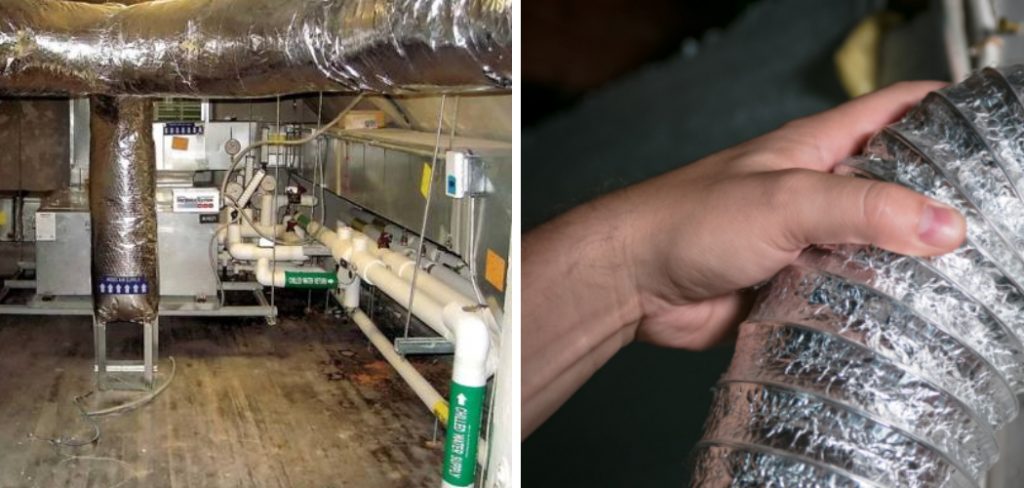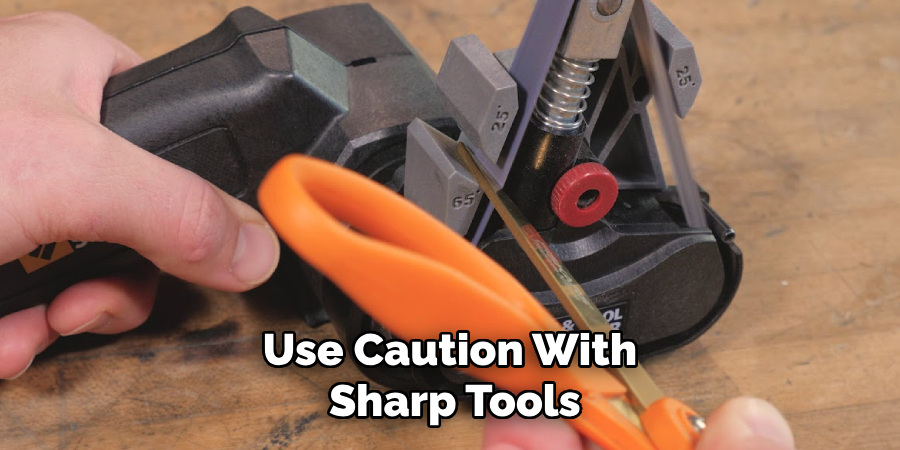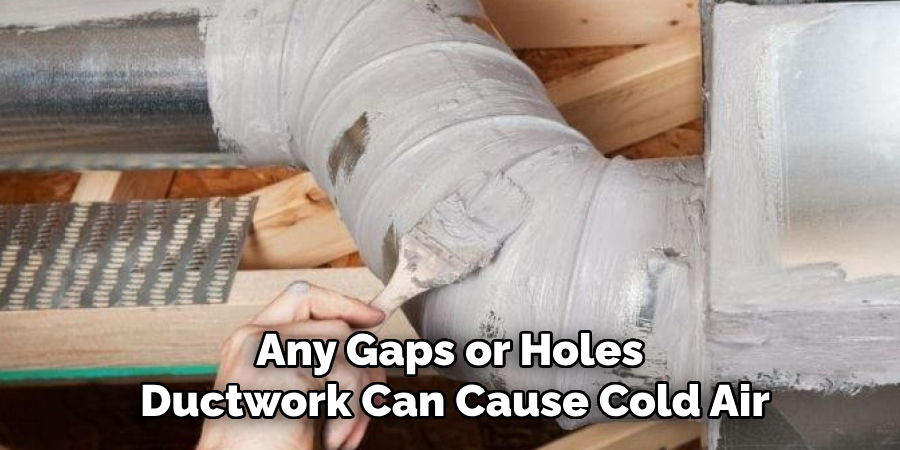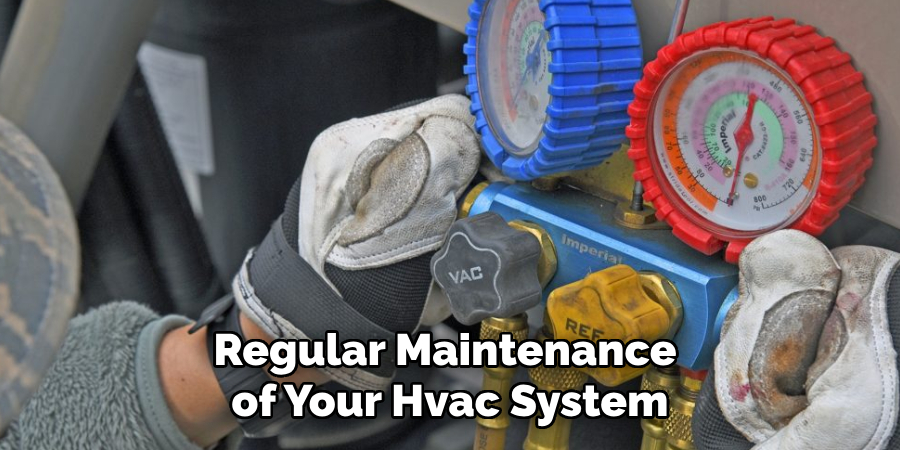Sweating ductwork is a common problem that many homeowners face, especially during the summer months. It occurs when warm, humid air comes into contact with cold ductwork, causing condensation to form on the surface of the ducts. This can not only cause damage to your ductwork but also lead to issues such as mold and mildew growth.

The main function of the ductwork in your home is to distribute heated or cooled air from your HVAC system to all areas of your home. However, one common issue that homeowners face with their ductwork is sweating. This occurs when warm, humid air comes into contact with cold metal ducts, causing condensation and eventually leading to water droplets forming on the surface of the ducts. Read this blog post to learn how to fix sweating ductwork.
Step by Step Processes for How to Fix Sweating Ductwork
Step 1: Inspect for Any Leaks
The first step in fixing sweating ductwork is to check for any leaks. Even small cracks or holes can cause air from the outside to enter your ducts, leading to condensation and sweating. Use a flashlight to inspect all visible areas of the ductwork and seal any leaks you find with HVAC tape.

Step 2: Check Your Insulation
Proper insulation is key in preventing condensation on your ductwork. Make sure that the insulation is intact and not damaged in any way. If there are any gaps or tears, replace them immediately. Joints between sections of ductwork are common places for air leaks to occur. Seal these joints with HVAC tape or mastic sealant to prevent warm air from entering and causing condensation.
Step 3: Increase Airflow
When there isn’t enough airflow through your ductwork, it can create a stagnant environment where moisture can accumulate. Check that all vents are open and unobstructed to allow for proper airflow. If you live in an extremely humid climate, consider installing a dehumidifier near your HVAC system. This will help remove excess moisture from the air and prevent condensation on your ductwork.
Step 4: Adjust Your Thermostat
Sometimes, simply adjusting your thermostat settings can help reduce sweating ductwork. Lowering the temperature by a few degrees can decrease humidity levels and minimize condensation on your ducts. Dust and debris buildup in your ductwork can create a breeding ground for mold and mildew, which can contribute to sweating. Regularly cleaning your ducts can help prevent this issue.
Step 5: Install Vapor Barriers
Vapor barriers are special materials that help prevent moisture from passing through walls or ceilings. Consider installing vapor barriers along the exterior of your ductwork to reduce condensation. If you have a central air conditioning unit, check the drainage pipes to make sure they aren’t clogged. If water isn’t able to drain properly, it may cause excess moisture in your home and contribute to sweating ductwork.
Step 6: Consult with a Professional
If the above steps do not fix your sweating ductwork issue, it is best to consult with a professional HVAC technician. They can assess the root cause of your problem and provide effective solutions to fix it.
By following these steps, you can learn how to fix sweating ductwork and prevent future occurrences. Remember to regularly maintain your ductwork and address any issues promptly to keep your home comfortable and free from condensation problems. With proper care, your ductwork will continue to efficiently distribute air throughout your home for years to come.
Safety Tips for How to Fix Sweating Ductwork
- Wear protective gear – When inspecting your ductwork and making repairs, it is important to wear appropriate protective gear such as gloves and a mask to prevent any potential health hazards.
- Turn off power – Before starting any work on your HVAC system or ductwork, make sure to turn off the power to avoid electrical accidents.
- Use caution with sharp tools – Some repairs may require the use of sharp tools, so be careful when handling them to avoid injury.
- Avoid using water – When cleaning your ductwork, do not use water as it can cause damage and lead to further issues in your system.
- Follow safety instructions for chemicals – If you need to use any chemicals during the repair process, make sure to carefully read and follow all safety instructions.
- Stay aware of your surroundings – When working with ladders or tools, make sure to be aware of your surroundings and avoid potential hazards.
- Seek professional help when needed – If you feel uncomfortable or unsure about any step in the repair process, it is best to seek help from a licensed HVAC technician. Better safe than sorry!

By keeping these safety tips in mind, you can protect yourself and your home while learning of fixing sweating ductwork. Remember to prioritize safety in all your DIY repair projects.
What Are Some DIY Methods for Fixing Sweating Ductwork?
Ductwork is an integral part of your HVAC system, responsible for distributing warm or cool air throughout your home. However, in some cases, ductwork can develop a common issue known as sweating ductwork. This occurs when the temperature of the air inside the ducts is significantly lower than the surrounding environment, causing condensation to form on its surface.
Not only can this cause damage to your ducts and insulation over time, but it can also lead to mold growth and decreased energy efficiency. If you notice water droplets or damp spots on your ductwork, it’s important to take action and fix the issue before it gets worse. So how exactly do you fix sweating ductwork? Here are some DIY methods that you can try:
1. Increase insulation
One of the main reasons for sweating ductwork is insufficient insulation. The colder the air inside the ducts, the more likely it is to condense when it comes into contact with warm, humid air in your home.
To combat this, you can add additional insulation around your ducts using materials such as fiberglass or foam sleeves. This will help to keep the temperature inside the ducts consistent and prevent condensation from forming.
2. Seal leaks and cracks
Another common cause of sweating ductwork is leaks or cracks in your duct system. These allow warm, humid air to enter and mix with the cool air inside, causing condensation.
Inspect your ductwork for any visible gaps or holes and use foil tape or mastic sealant to cover them up. This will not only prevent condensation but also improve the overall efficiency of your HVAC system.

3. Adjust humidity levels
If you live in a particularly humid climate, it might be beneficial to invest in a dehumidifier for your home. This will help to reduce the amount of moisture in the air and lessen the chances of condensation forming on your ductwork.
You can also try adjusting your thermostat to a slightly higher temperature, as this will result in warmer air circulating through your ducts and prevent condensation from occurring.
4. Check for blocked vents
Blocked vents can disrupt the flow of air through your ducts, causing cool air to linger and increase the likelihood of condensation. Make sure all of your vents are open and unobstructed to promote proper airflow.
5. Call a professional
In some cases, sweating ductwork may be a sign of a larger issue with your HVAC system. If you’ve tried these DIY methods and are still experiencing condensation on your ducts, it’s best to call a professional for further inspection and repairs.
Remember that prevention is key when it comes to fixing sweating ductwork. Regular maintenance of your HVAC system can help prevent this issue from occurring in the first place. By following these DIY methods and keeping up with routine maintenance, you can ensure that your ductwork remains free from condensation and functioning effectively.
Maintenance Tips to Prevent Sweating Ductwork in the Future
1. Increase Insulation
This is the most effective long-term solution for preventing sweating ductwork. By adding insulation to your ductwork, you can prevent the cold air from coming into contact with the warmer ambient air in your home and causing condensation. It is recommended to use at least R-6 insulation on all exposed ducts.
2. Check Airflow and Adjust Registers
Poor airflow can also contribute to sweating ductwork. Make sure that all registers and vents are open and unobstructed to allow proper air flow. You may also need to adjust the dampers near the main trunk line to distribute air more evenly throughout your home.
3. Seal Leaks
Any gaps or holes in your ductwork can cause cold air to escape and condense, leading to sweating ductwork. Inspect your ducts for any leaks and seal them with foil tape or mastic sealant.

4. Add a Vapor Barrier
In extreme cases, you may need to add a vapor barrier around your ductwork to prevent moisture from coming into contact with the metal surface. This is typically only necessary in humid climates or areas with frequent temperature changes.
5. Seal Ductwork in Unconditioned Spaces
If your ductwork runs through unconditioned spaces like an attic or crawl space, make sure to seal and insulate it properly. This will prevent the cold air from causing condensation on the surface of the ducts.
6. Consider a Dehumidifier
High humidity levels can also contribute to sweating ductwork. If you live in a humid climate, consider investing in a dehumidifier to keep the moisture levels in your home under control.
7. Regular Maintenance
Regular maintenance of your HVAC system is crucial for preventing sweating ductwork. Have a professional inspect and clean your system at least once a year to ensure everything is functioning properly and identify any potential issues.

Conclusion
In conclusion, if you are facing the issue of sweating ductwork, there are several steps you can take to fix it. Firstly, make sure that your air conditioner is properly sized for your home and that it is working efficiently.
Secondly, ensure that your ductwork is well insulated and sealed to prevent condensation. Additionally, consider using a dehumidifier in areas with high humidity levels. You can also try adjusting the fan speed on your air conditioner or installing a ventilation system to improve airflow.
Finally, regular maintenance of your HVAC system will help prevent future issues with sweating ductwork. By following these tips, you can effectively fix the issue of sweating ductwork and ensure a comfortable and efficient indoor environment. I hope this article has been beneficial for learning how to fix sweating ductwork. Make Sure the precautionary measures are followed chronologically.
